Why Breathing Mechanics Matter More Than You Think
We breathe over 20,000 times a day — but most of us never think about how we do it.
At Refuge Physiotherapy, we view breathing as a powerful tool — not just for oxygen intake, but for improving posture, relieving pain, and building true core strength. One of the most important (and often overlooked) aspects of rehab is retraining your breathing mechanics, especially the piston system that powers healthy movement.
What Is the Piston System?
Think of your core like a cylinder, and your diaphragm and pelvic floor as the top and bottom of that cylinder — moving together like a piston.
On inhalation, your diaphragm contracts and moves down. Your pelvic floor also lengthens slightly moving down, and your abdominal wall and back expand in all directions (360°) to accommodate the pressure.
On exhalation, the diaphragm rises and the pelvic floor recoils, helping to restore pressure and support the spine.
When this system works well, your body has a built-in pressure management system — essential for lifting, squatting, walking, running, and even just standing with good posture.
What Happens When the Piston Fails?
Stress, injury, poor posture, pregnancy, or surgery can disrupt this balance. Common signs of a dysfunctional piston system include:
Shallow, chest-only breathing
Neck and shoulder tension
Poor core engagement
Pelvic floor issues (like leaking or pain)
Back pain or instability
Breath-holding during movement or exertion
All of these affect not only your breathing but how well you move, stabilize, and recover.
How We Rebuild the Piston at Refuge Physiotherapy
In your physical therapy sessions, we assess and retrain how your diaphragm, pelvic floor, deep abs, and back muscles coordinate — especially under load (lifting, squatting, running).
We teach:
360° Diaphragmatic Breathing
To promote expansion through the belly, ribs, and back — not just “belly breathing.”Piston Breathing for Core Stability
We help you link breath with movement — using your exhale to activate your deep core and pelvic floor like a natural brace.Posture & Pressure Management
Poor posture can block rib mobility and diaphragm function. We work on alignment to optimize the piston system in everyday positions.Pain Regulation
Breathing properly taps into your parasympathetic nervous system, helping reduce pain, tension, and stress reactivity.
Try This: Piston Breathing Drill
Lie on your back with knees bent or sit tall on a chair.
Place one hand on your belly and the other around your side ribs.
Inhale through your nose, feeling your belly, ribs, and back expand. Imagine your diaphragm moving down and your pelvic floor gently lengthening moving down.
Exhale slowly through pursed lips, and imagine your pelvic floor recoiling and allowing your belly to deflate
Repeat for 5 slow, connected breaths.
Why It Matters
Your breath drives your core — and your core drives your movement. At Refuge Physiotherapy, we teach clients how to reconnect with their piston system to move better, feel stronger, and live with less pain.
Whether you’re recovering postpartum, managing pelvic floor dysfunction, or trying to improve performance — start with your breath.
